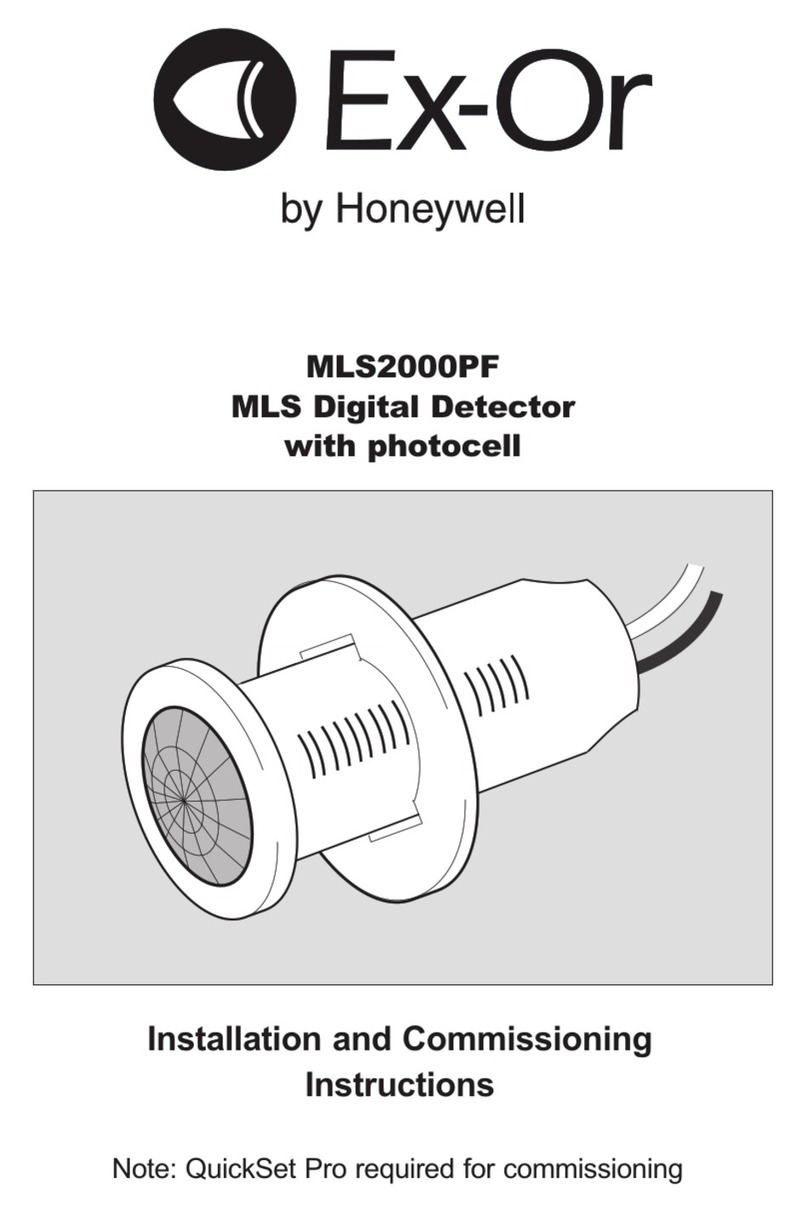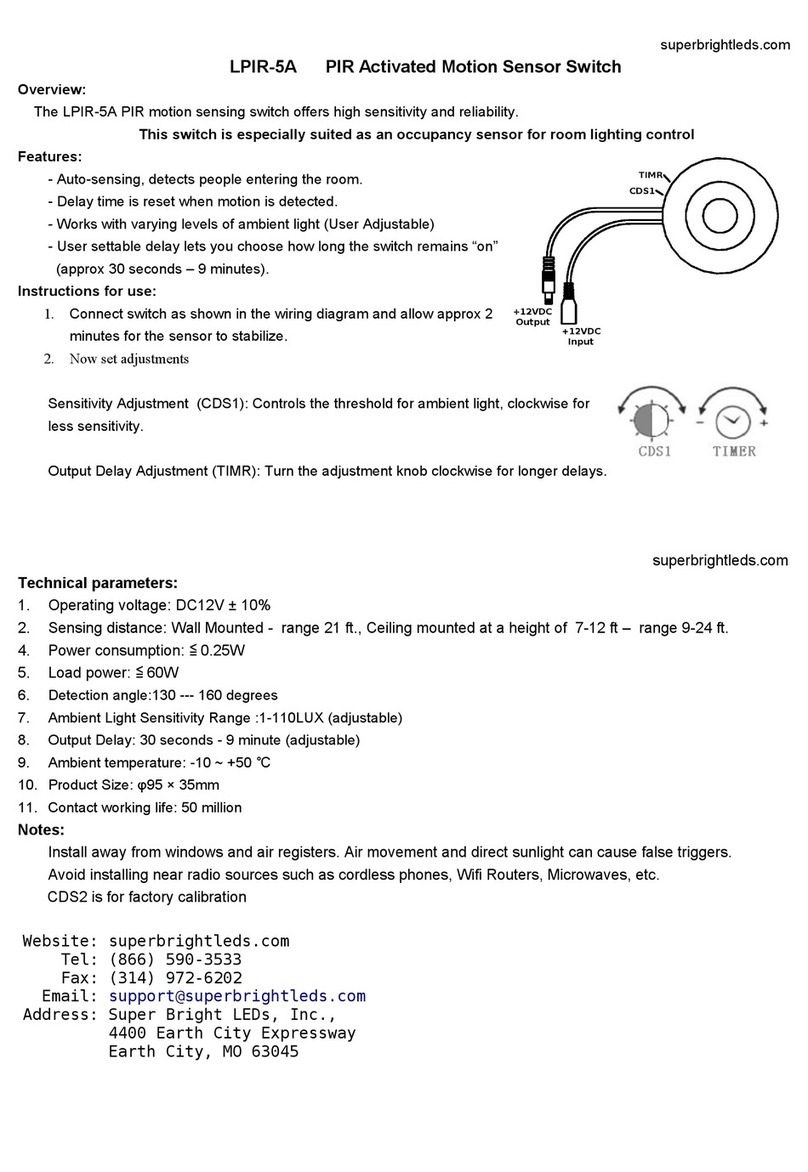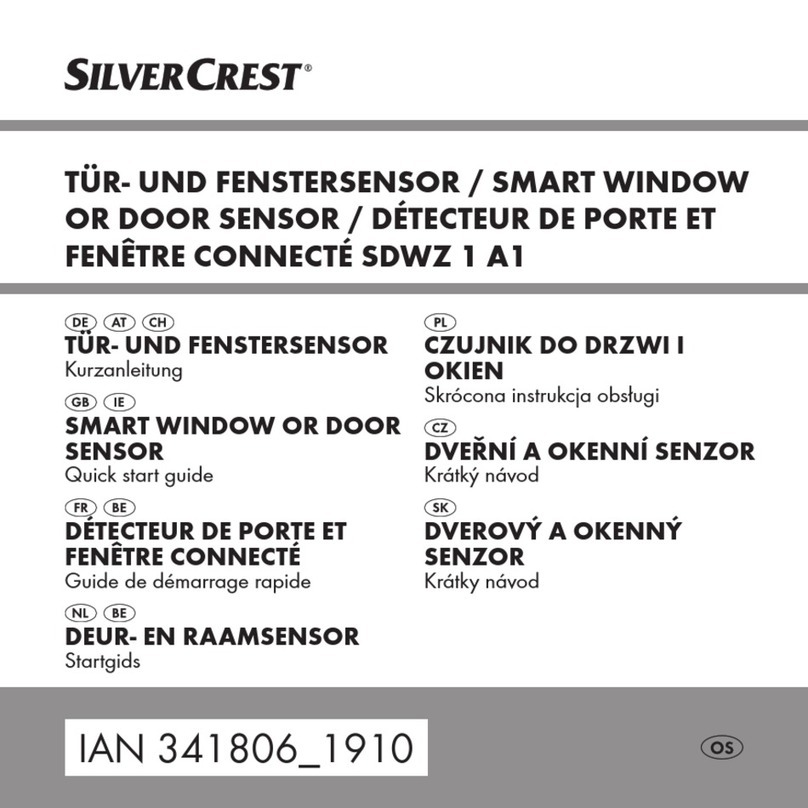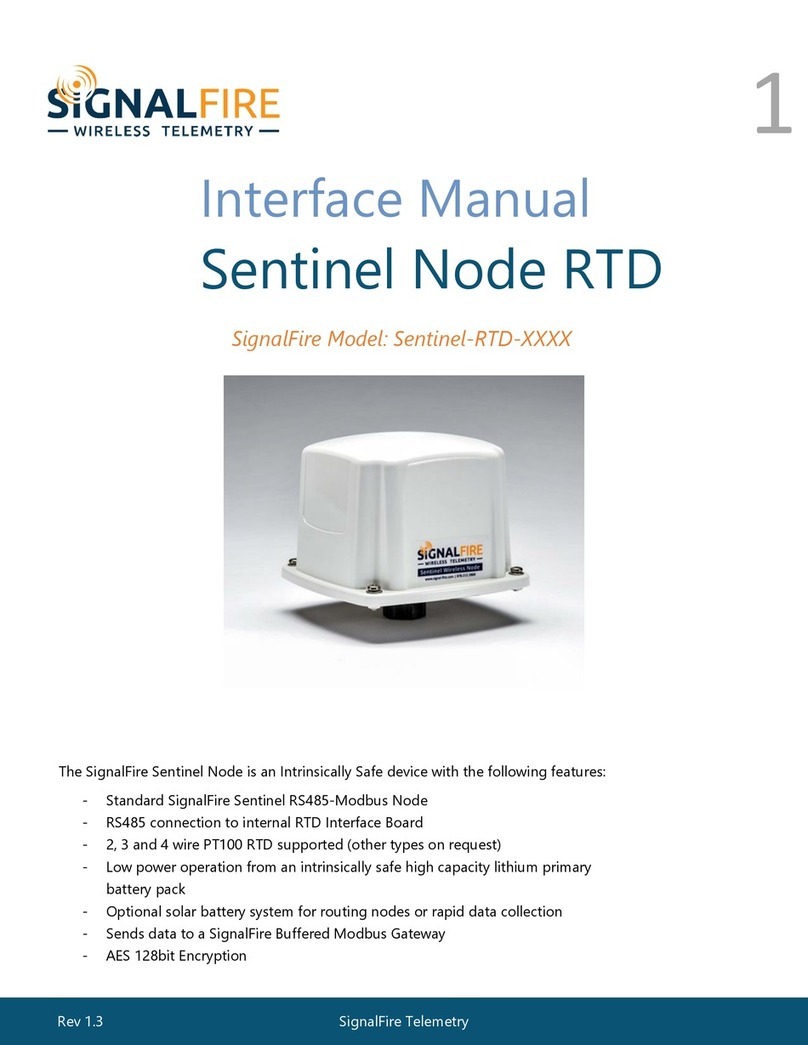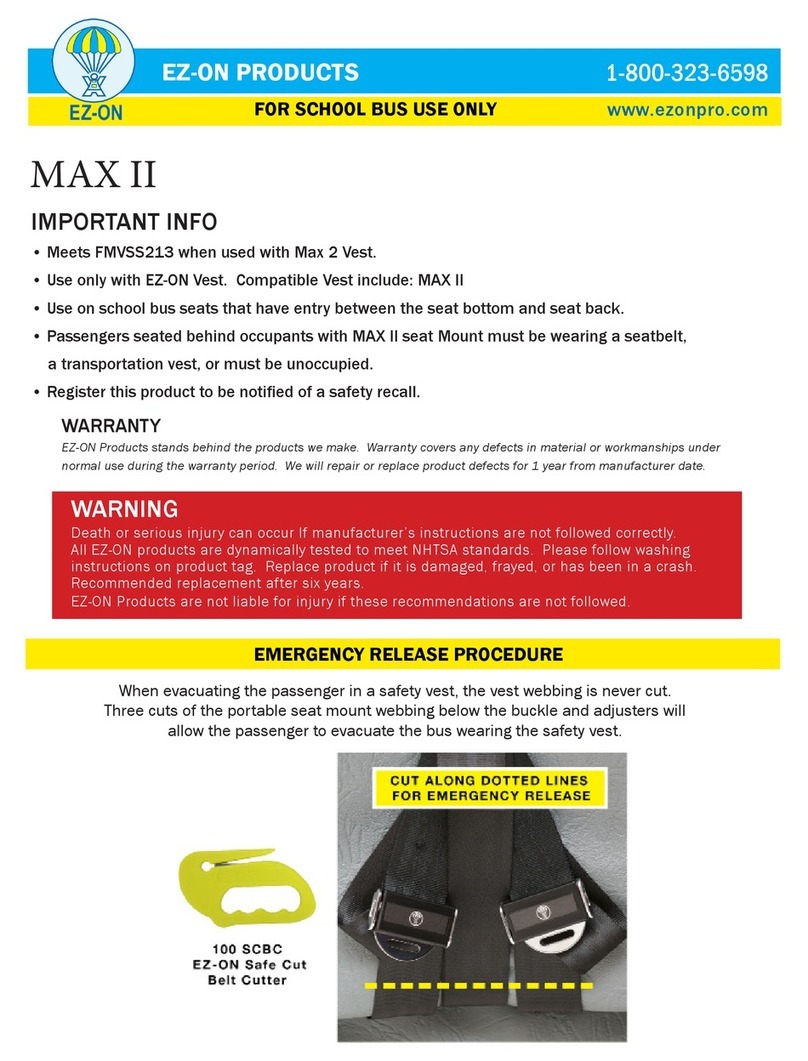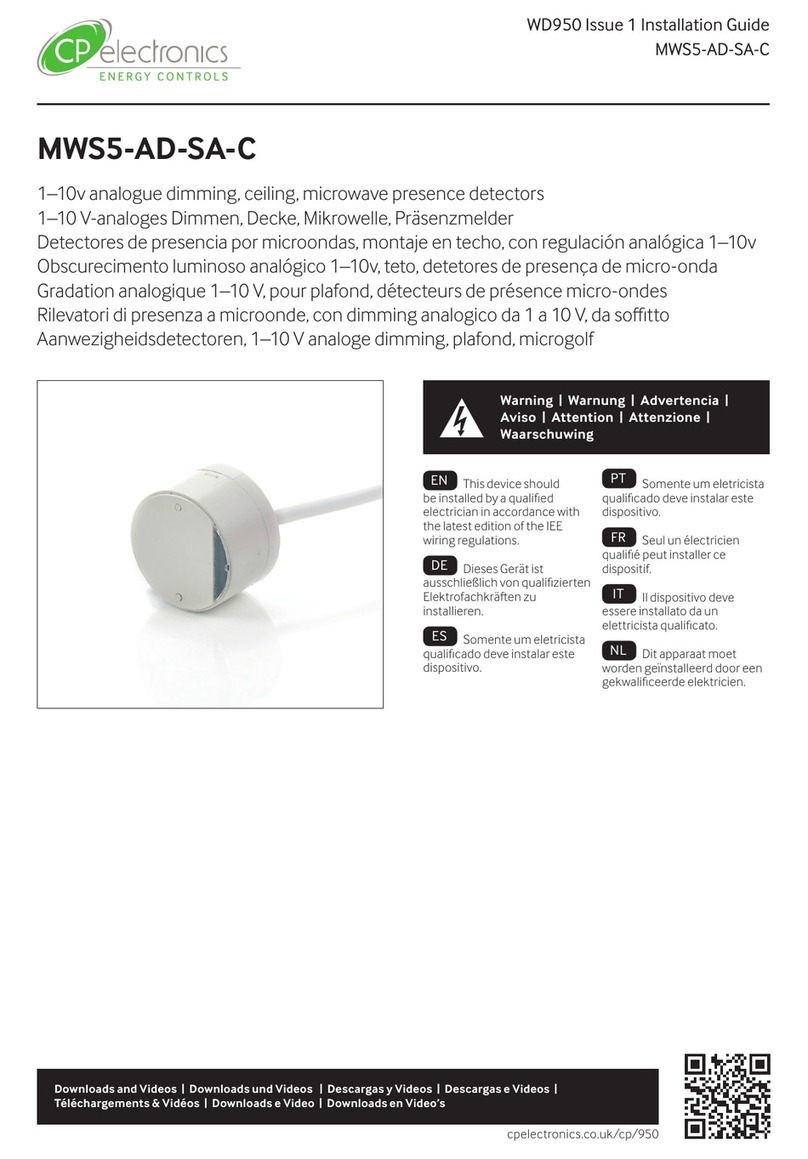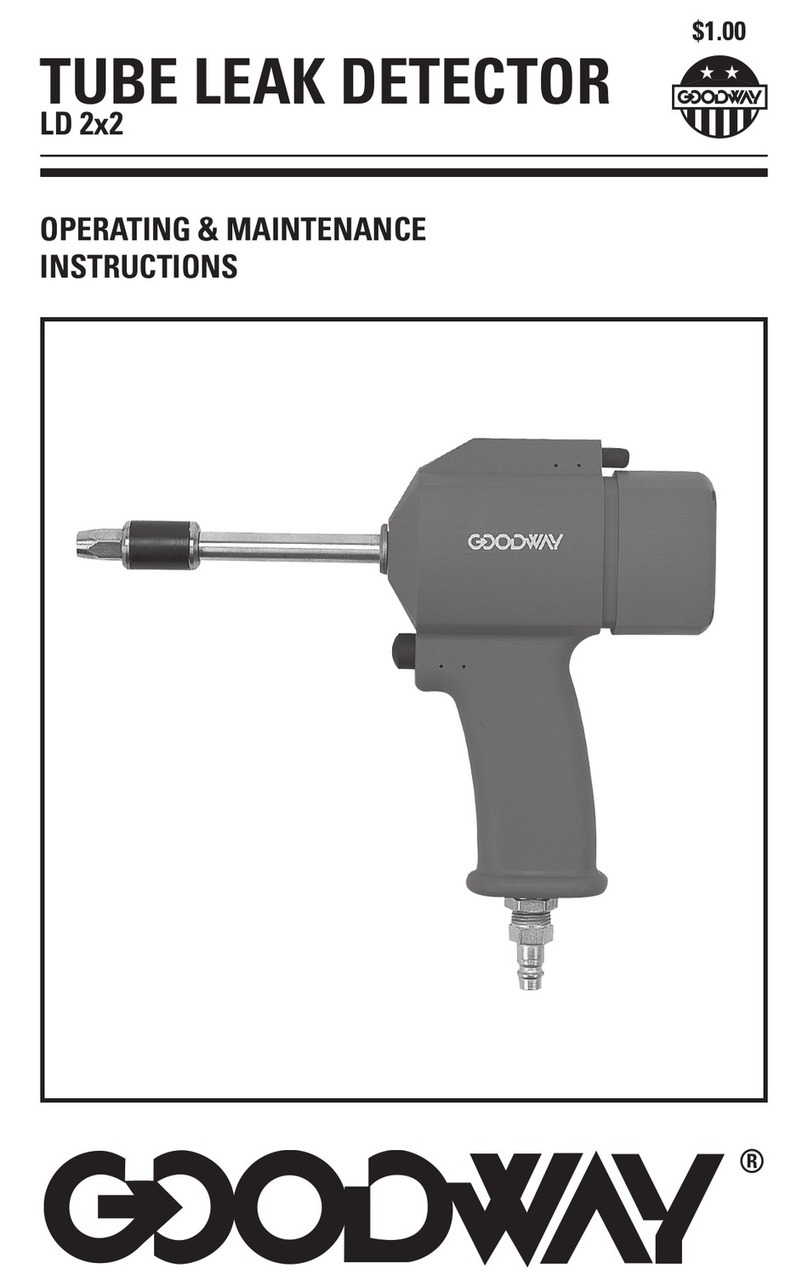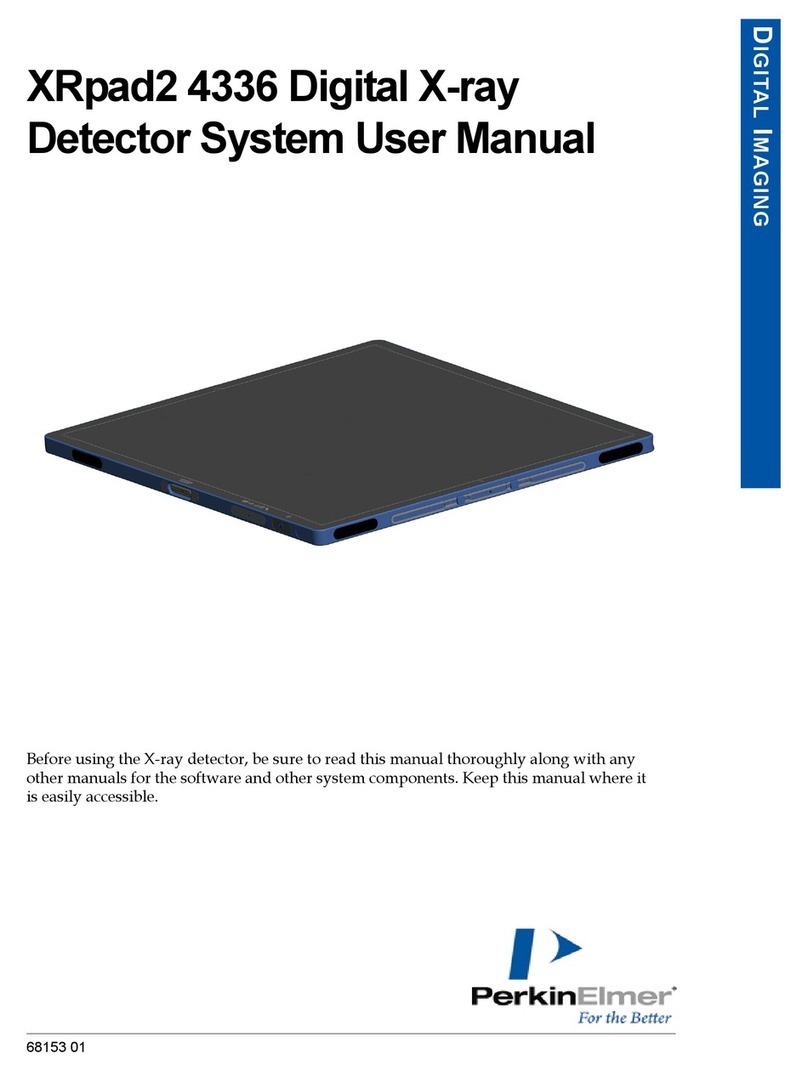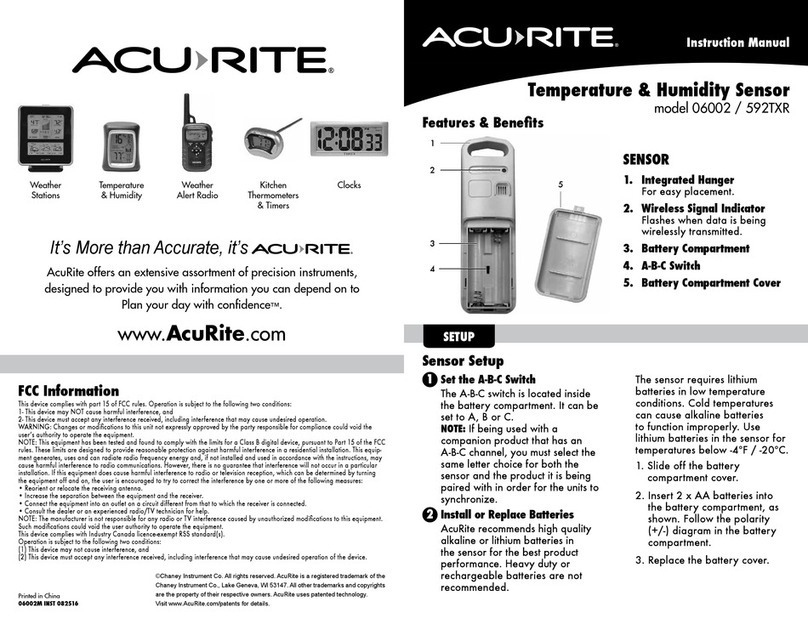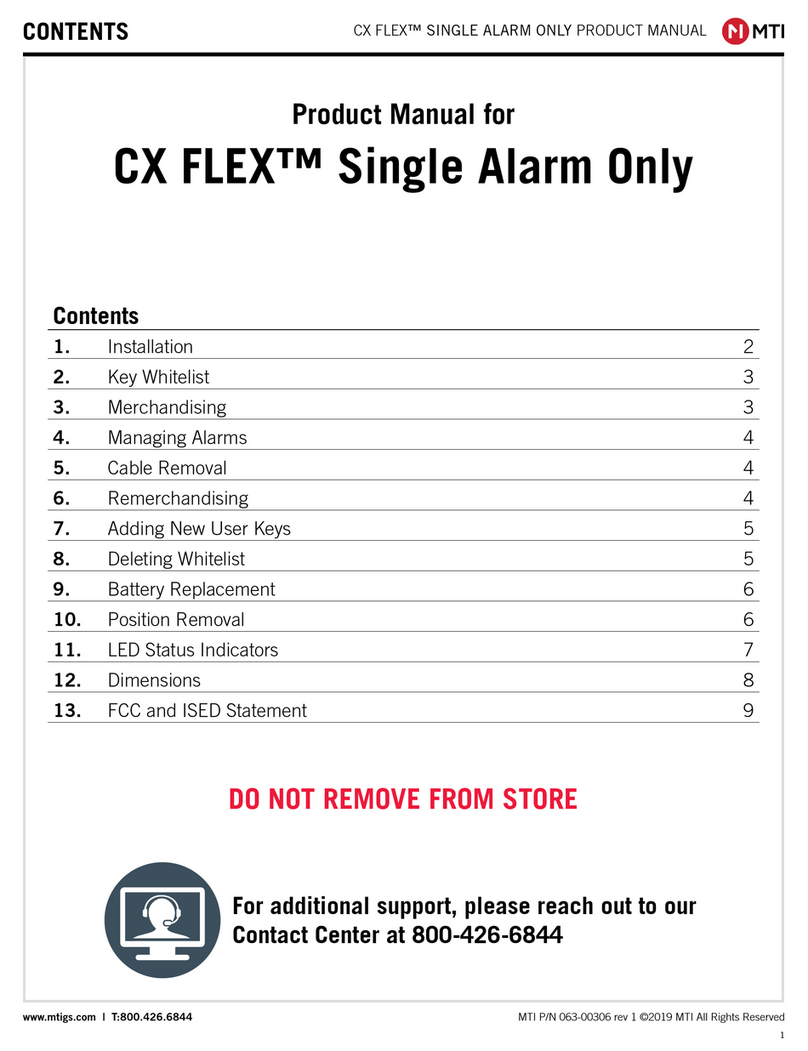Prella PLH-24V Quick start guide

TESTING
1. All the alarm signal services, releasing device and
extinguisher system should be disengaged during the
test period and must be re-engaged immediately at the
conclusion of testing.
2. After energizing the detector head for approximately
one minute, check to see the indicator red LED
flashing once every 30 seconds. If red LED fails to
flash, it indicates the non-functioning of the detector or
faulty wiring. Re-check the wiring or replace the
detector if necessary.
PLH-24V
Installation Wiring Diagram
Conventional Heat Detector
TYPICAL WIRING DIAGRAM
Figure 1(a) shows the typical wiring diagram of the
multiple-station smoke detector system.
Figure 1(b) shows the typical wiring diagram of the
4-wire multiple-station smoke detector system.
WARNING
TO PREVENT DETECTOR CONTAMINATION AND
SUBSEQUENT WARRANTY CANCELLATION, THE
SMOKE DETECTOR MUST REMAIN COVERED UNTIL
THE AREA IS CLEAN AND DUST FREE.
INSTALLING THE BASE
1. To insure proper installation of the detector head to the
base, all the wires should be properly addressed at
installation:
(A) Position all the wires flat against terminals.
(B) Fasten the wires away from connector terminals.
2. If you use a jumper wire to connect the poles of
terminal 2 and 3, 4 when testing the detector loop
continuity, be sure to remove the jumper wire prior to
the installation of the detector head.
DO NOT PLACE LINKS BETWEEN THE WIRING POSITIONS
OF TERMINALS 2 AND 4, 5 TO PROVIDE POWER
SUPERVISION
Note: relay and the remote indicator could not
be used at the same time
INSTALLING THE HEAD
1. Align the components as shown in Figure 2.
2. Mate the detector head onto the base and twist
clockwise to secure it.
3. Do not install the detector head until the area is
thoroughly cleaned of construction debris, dusts, etc.
LONG ALIGNMENT MARK
SHORT ALIGNMENT MARK
BASE
LED
DETECTOR HEAD
Fig. 2 Mating detector head onto base
The following requirements are for which with
relay output:
1A@30VDC,
0.5A@125VAC
Rated load of relay:
5. The base of the smoke detector can be mounted
directly onto an electrical junction box such as an
octagonal (75mm, 90mm or 100mm), a round (75mm),
or a square (100mm) box without using any type of
mechanical adapter.
4. Open area smoke detectors are intended for mounting
on a ceiling or a wall in accordance with the fire
standard in your country.
3. The end-of-line device shown in fig. 1(a) and 1(b)
should be compatible with the control unit. The
end-of-line supervisory relay used should be rated for
the DC power voltage used.
The wiring diagram of 2/3 wired LED remote indication
Do not place links between terminals 1,2 and 4,5 to provide wire
continuity monitoring
Note: relay output of the device is fully isolated (Dry)
1
2
3
45
1
2
3
45
1
2
3
45
REMOTE LED
INDICATOR
EOL
RESISTOR
1
2
3
45
1
2
3
45
1
2
3
45
4 Wired Normally Open Wiring Diagram
EOL
RESISTOR
1
2
3
45
1
2
3
45
1
2
3
45
4 Wired Normally Close Wiring Diagram
EOL
RESISTOR

warm air at a temperature of between 65°C and 80°C.
(This requirement can be met by some domestic hair
dryers).
Proceed as follows:
(1). Switch on the warm airflow and check that
temperature is correct and stable.
(2). From a distance of several inches, direct the
airflow at the guard protecting the thermistor. The
detector should alarm within 30 seconds.
(3). Upon alarm immediately remove the heat source
and check that the red LED of the detector is
illuminated. Reset the detector from the control
panel.
(4). If detector fails to go into alarm mode within 30
seconds it is too insensitive and needs to be
returned to the distributor for servicing.
(5). After testing, check that the system is set for
normal operation and notify the appropriate
authorities that the testing operation is complete
and the system is active again.
CAUTIONS
This heat detector is particularly designed to initiate and
activate emergency action, but will do so only when it is
used in conjunction with an authorized fire alarm system.
This detector must be installed in accordance with NFPA
Standard 72.
The purpose of design of heat detectors is meant to
protect property, not life. The heat detectors do not provide
early warning of fire and cannot detect smoke, gas,
combustion particles, or flame. They will alarm when
temperature at the heat detector reach 57oC (135oF) or
above. Given the rapid growth of certain types of fires, heat
detectors cannot be expected to provide adequate warning
of fires resulting from smoking in bed, inadequate fire
protection practices, violent explosions, escaping gas, and
improper storage of flammable liquids like cleaning solvents,
other safety hazards, or arson.
Heat detectors do not always detect fires because the
fire may be a slow-smoldering, low-heat type (producing
smoke), or because they may not be mean where the fire
occurs, or because the heat of the fire may bypass them.
Heat detectors will not detect smoke, gas, flames, or
combustion particles.
Heat detectors are components in professionally installed fire
alarm systems. They will not function if they have been
improperly wired into the fire alarm system or if power to
them is disconnected for any reason.
Heat detectors cannon last forever. They should be tested
and maintained following the instructions in this manual. To
be safe, they should be replaced after they have been
installed for ten years.
Refer to NFPA 72 for application.
CAUTION: DO NOT ATTEMPT TO DISASSEMBLY OF THE
FACTORY SEALED HEAT DETECTOR. THIS ASSEMBLY
IS SEALED FOR YOUR PROTECTION AND IS NOT
INTENDED TO BE OPENED FOR SERVICING BY USERS.
TO OPEN THE DETECTOR HEAD WILL VOID THE
WARRANTY.
SPECIFICATION
Model 2/4
wire
Voltage
DC
Standby
Current
(Max.)
Alarm
Current
(Max.)
Surge
Current
(Max.)
Star-Up
Time
(Max.)
Permissible
Current
(Max.)
Frequency Alarm contact Base model
PLH-24V 2 15~35V A 70mA 120 A 60 Seconds 80mA 2 Seconds — P/N87030288
The detector to be tested should be subject to a flow of
HEATSENSORTESTING
Popular Security Sensor manuals by other brands
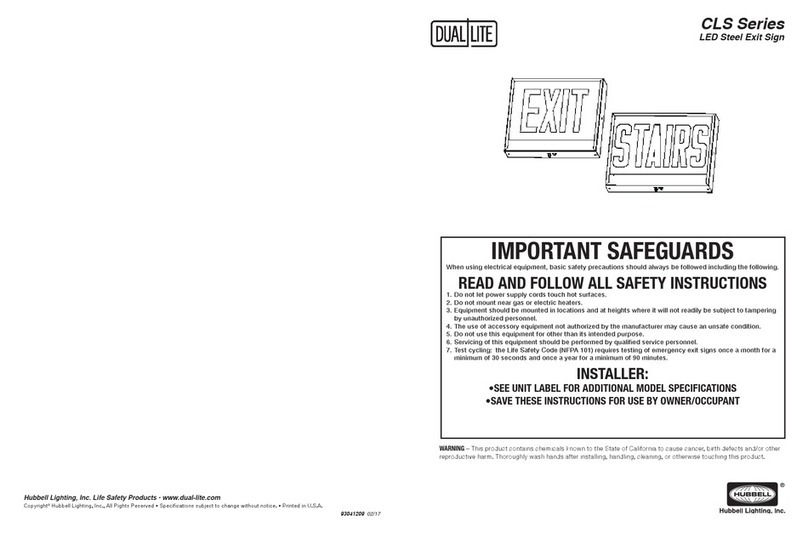
DualLite
DualLite CLS Series installation instructions
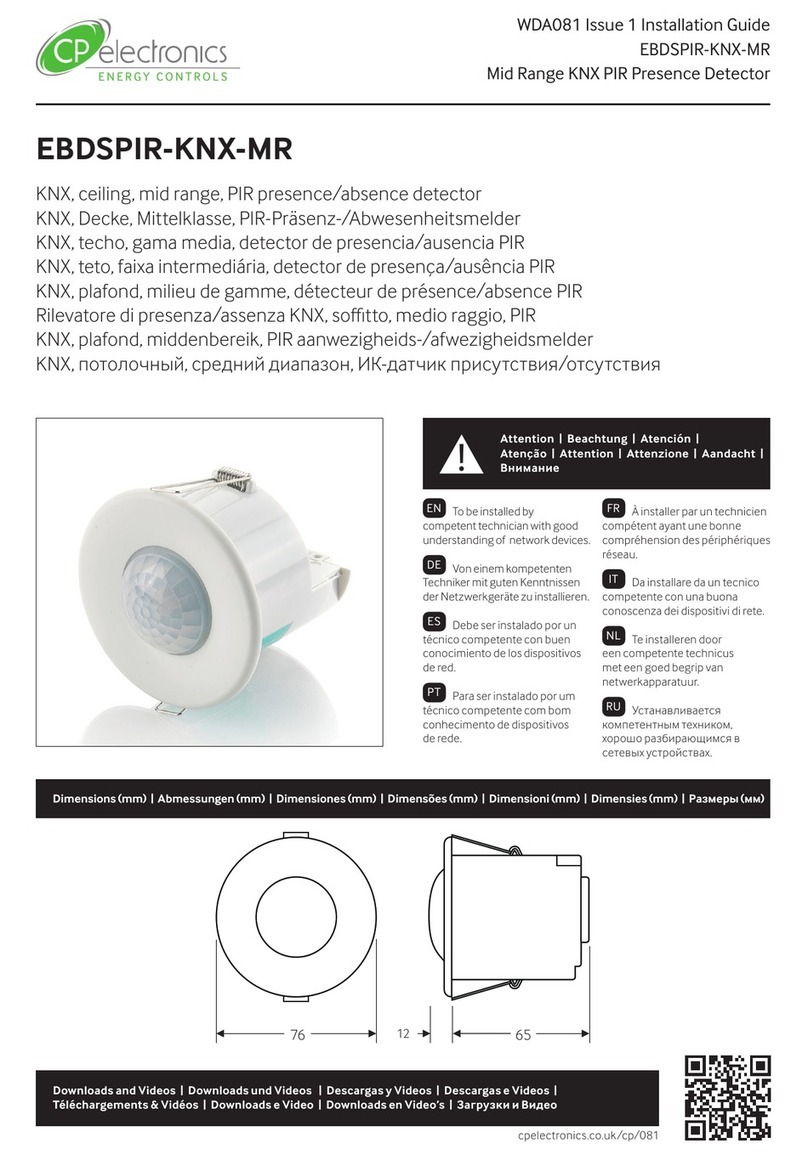
C.P. Electronics
C.P. Electronics EBDSPIR-KNX installation guide

Healthcraft
Healthcraft Tub-Rail TBR-S instruction manual

Abus
Abus FUMK50020W installation instructions
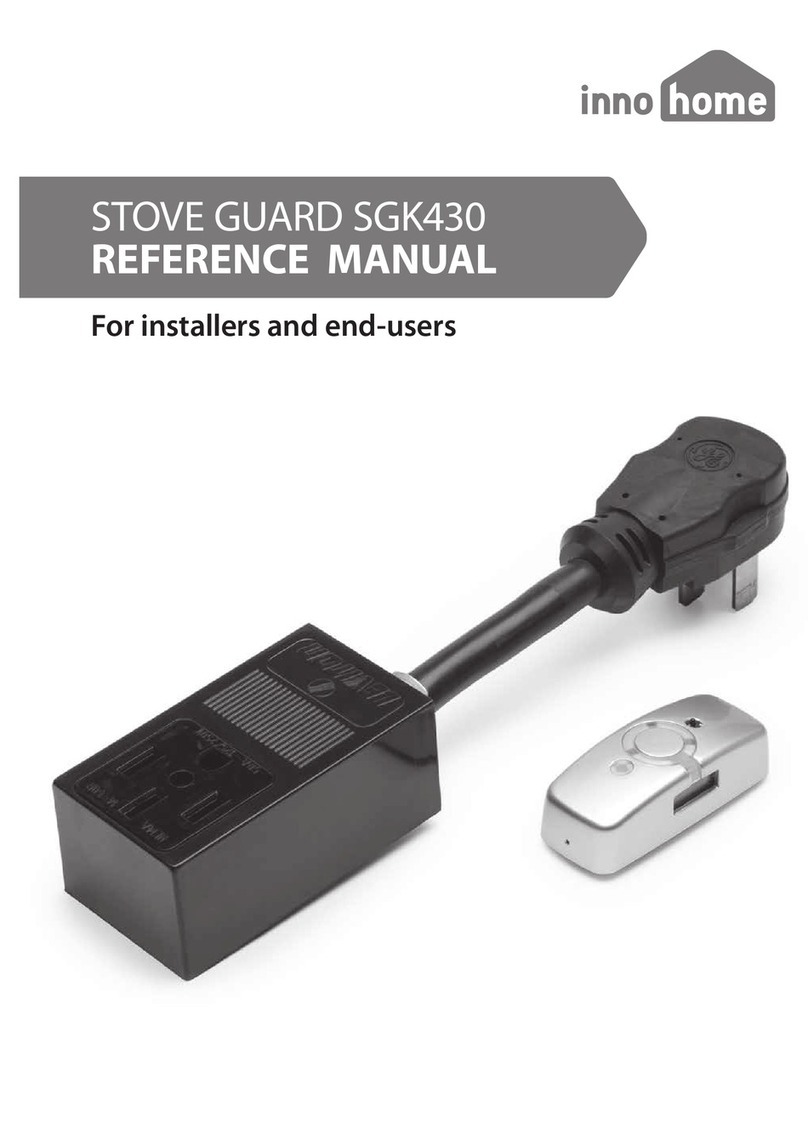
Innohome
Innohome Stove Guard SGK430 Reference manual
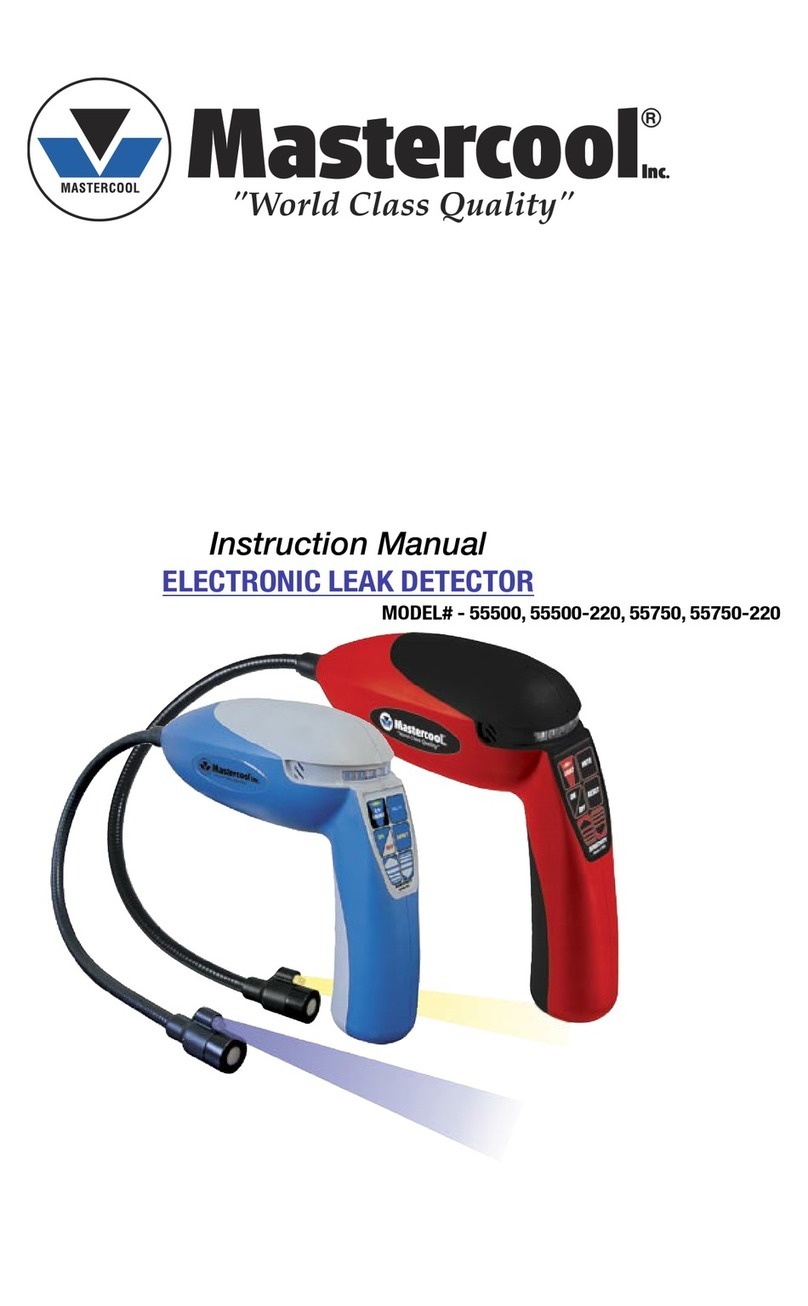
Master cool
Master cool 55500 instruction manual
